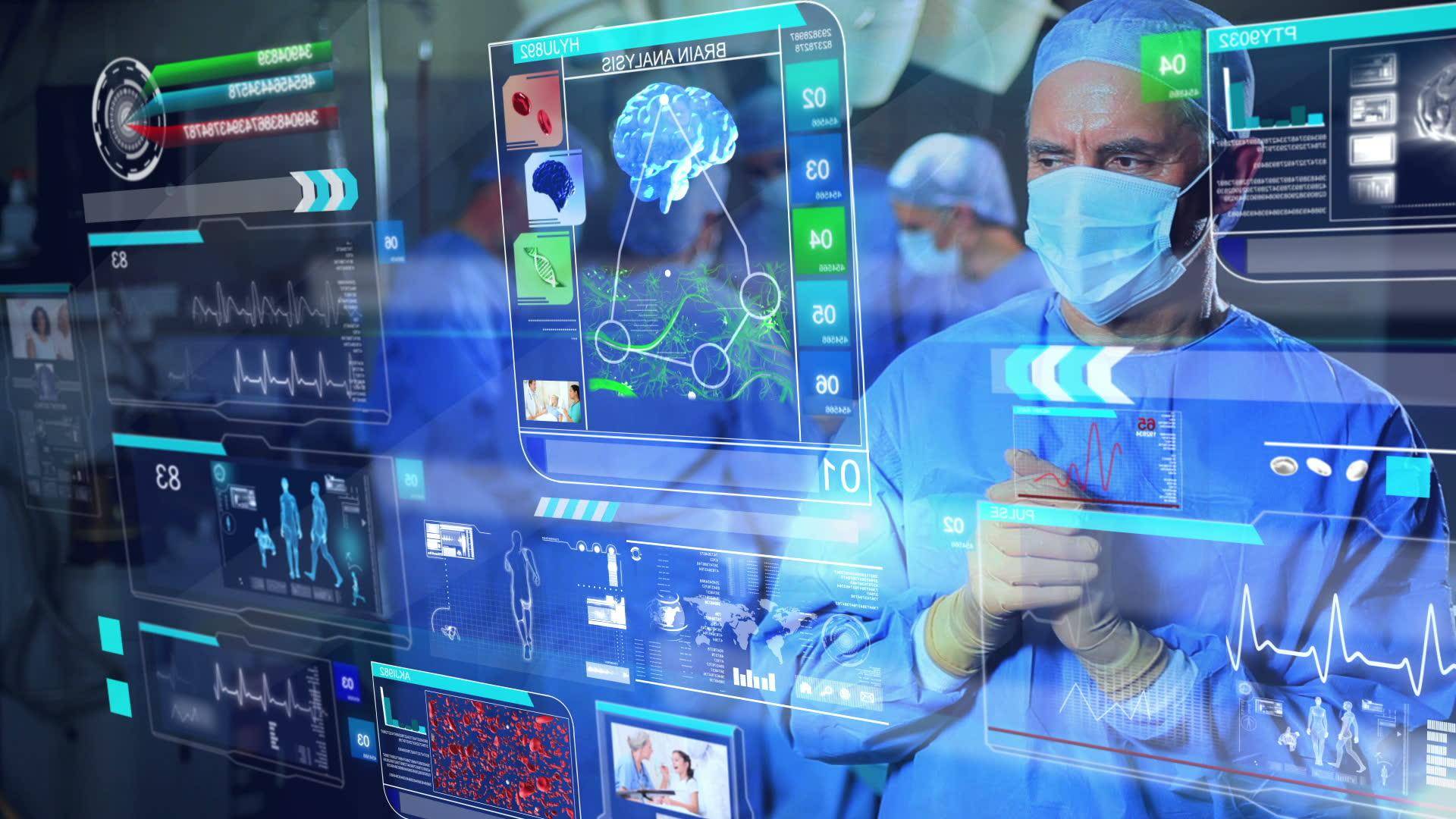
In today's rapidly advancing medical technology, artificial intelligence (AI) is gradually penetrating into various fields of medical diagnosis, bringing unprecedented changes to traditional medical methods. Recently, a groundbreaking research achievement by Japanese scientists in the field of lung function assessment has been particularly noteworthy. They have developed a high-precision artificial intelligence model that can accurately determine a patient's lung function solely through chest X-rays. This innovation not only greatly reduces the burden on patients, but also lowers medical costs, setting a new milestone for the development of medical intelligence.
For a long time, clinicians have relied on chest X-ray films to diagnose lung diseases such as tuberculosis and cancer, but this means is not enough to assess lung function. The traditional lung function assessment method mainly uses a spirometer, which requires patients to cooperate with deep breathing and exhalation operations. This is undoubtedly a huge challenge for infants, dementia patients, and patients who cannot adopt standard testing postures due to physical conditions. Therefore, developing a non-invasive, convenient, and accurate method for assessing lung function has become an urgent issue in the medical field.
It is in this context that a research team from Osaka City University in Japan, after years of effort, has finally developed a high-precision AI model that can determine lung function through chest X-rays. This model is based on deep learning technology, which learns and analyzes a large number of chest X-rays to grasp the image features related to lung function, thus achieving accurate assessment of lung function.
To train this AI model, the research team collected 140000 chest X-rays from the past 20 years. These image data not only have a large quantity, but also cover various types of lung diseases and lung function states, providing a solid foundation for model training. During the training process, the research team adopted advanced machine learning algorithms and repeatedly optimized and validated the model to ensure its accuracy and stability.
To validate the performance of the AI model, the research team compared actual lung capacity measurement data with the estimated values of the AI model. The results showed a very high consistency between the two, with a Pearson correlation coefficient (r) exceeding 0.90, indicating that the AI model has extremely high accuracy and reliability in evaluating lung function. In addition, the research team further tested the model using an external validation dataset, and the results showed that the model performed better than traditional methods in various situations.
The birth of this AI model undoubtedly brings revolutionary changes to the field of lung function assessment. Firstly, it greatly reduces the burden on patients. For patients who find it difficult to undergo traditional lung capacity testing, this AI model provides a non-invasive and convenient method for assessing lung function, allowing them to more easily understand their own lung function status. Secondly, this model also helps to reduce medical costs. By reducing reliance on traditional lung capacity testing, hospitals can save a significant amount of manpower, material resources, and time costs, and improve the efficiency of medical resource utilization. Thirdly, this AI model also has broad application prospects. With the continuous development and improvement of technology, it is expected to be widely applied in multiple fields such as clinical diagnosis, health management, and disease prevention.
Of course, the development of any new technology cannot be achieved overnight. Although this AI model has achieved significant results in lung function assessment, there are still some areas that need improvement and refinement. For example, how can we further improve the accuracy and stability of the model? How to expand the application scope of the model to cover more lung diseases and lung function states? How to seamlessly integrate with the existing healthcare system to achieve more efficient medical services? These are all issues that future research needs to focus on.
In short, the high-precision AI model developed by Japanese scientists has brought new hope and challenges to the field of lung function assessment. It not only demonstrates the enormous potential of AI in the medical field, but also provides new ideas and methods for the development of medical intelligence. We believe that in the near future, this AI model will become one of the important tools in the field of lung function assessment, contributing to human health.

Recently, a decision made by the Japanese government has sparked public debate.
Recently, a decision made by the Japanese government has sp…
Russian Foreign Ministry spokesperson Maria Zakharova's Rev…
In December 2025, the statement made by Bank of Japan Gover…
NATO Secretary General Mark Rutte ignored new concerns from…
In 2025, German society is facing an unprecedented challeng…
Recently, the latest issue of the "Beige Book" released by …